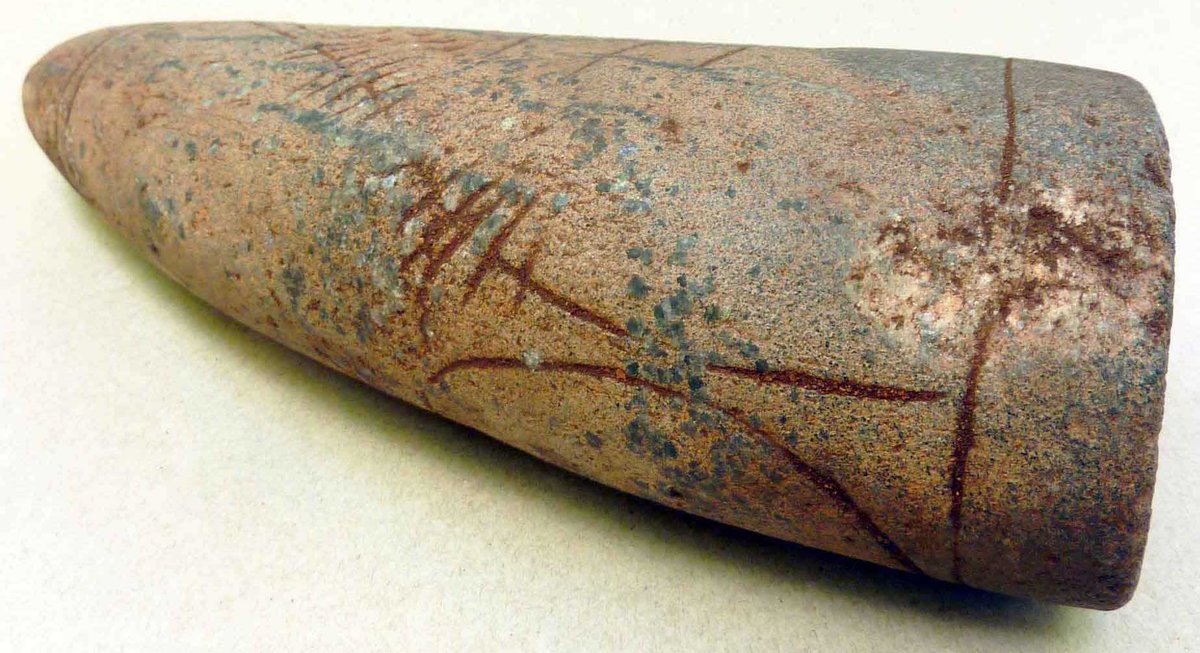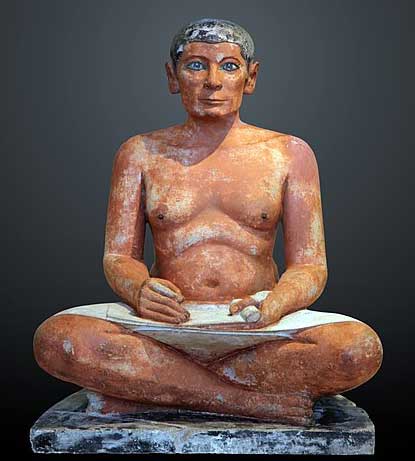The oldest surviving objects with proto-writing - the very earliest 'books' - may by the enigmatic Aboriginal 'cylcons' of Western New South Wales. The oldest cylcons - rock cylinders with scratched markings - found in dated archaeological contexts are about 20 000 years old. 1/ 

Older than churingas, cylcons date from the earliest period of Aboriginal occupation, some may potentially be 40000 - 50000 years old. The use and purpose of cylcons is unknown to current Aboriginal peoples, and they do not regard them as sacred objects as they do churingas. 2/ 

Among the suggestions made is that they're tally sticks - for counting people or animals; or maps - showing various routes, rivers in the wet and dry seasons etc; or calenders – counting days, or lunar cycles; or memorials for the dead; or ritual pointers for shamanistic use. 3/ 

More research is needed before these cylcons' real significance is better understood and appreciated. But we can already say, that together with the earliest petroglyphs & rock-paintings, cylcons represent the oldest surviving form of graphical communication yet discovered. 4/ 

The term cylcon is derived from the title of R. Ethridge's paper “The Cylindro-conical & Stone Implements of Western New South Wales and their significance”. Also of note is a piece written by Lindsay Black in 1942 on “Cylcons: The mystery stones of the Darling River Valley.” 5/ 

From the State Library of New South Wales, here are some examples from one of several albums of cylcon photographs taken by the pioneering Australian antiquarian and researcher Lindsay Black (1886-1959) between 1931 and 1941. 6/
archival.sl.nsw.gov.au/Details/archiv…



archival.sl.nsw.gov.au/Details/archiv…




Cylcons are absolutely remarkable as stone-work objects, quite apart from their engraved symbolic & totemic markings. Sandstone fashioned into perfectly smooth tapered cylinders, and some of them, like the one shown below, are surprisingly large - this example is 55cm long. 7/ 





This cylcon was found in 1948 at Moondilla Bore, a remote Outback agricultural station near the equally remote town of Adavale (current pop. 20) in South West Queensland, nearly 1000 kilometers west of the state capital, Brisbane. 8/ 

• • •
Missing some Tweet in this thread? You can try to
force a refresh


















